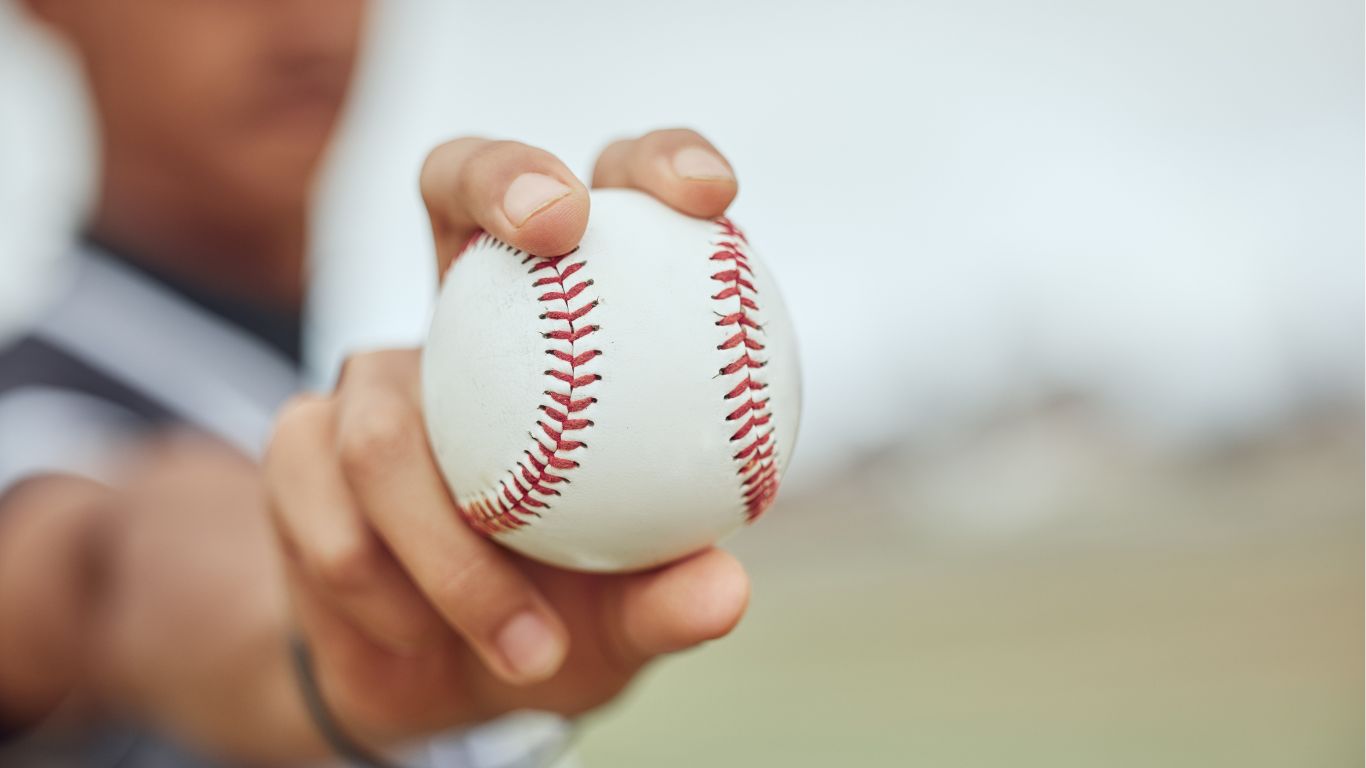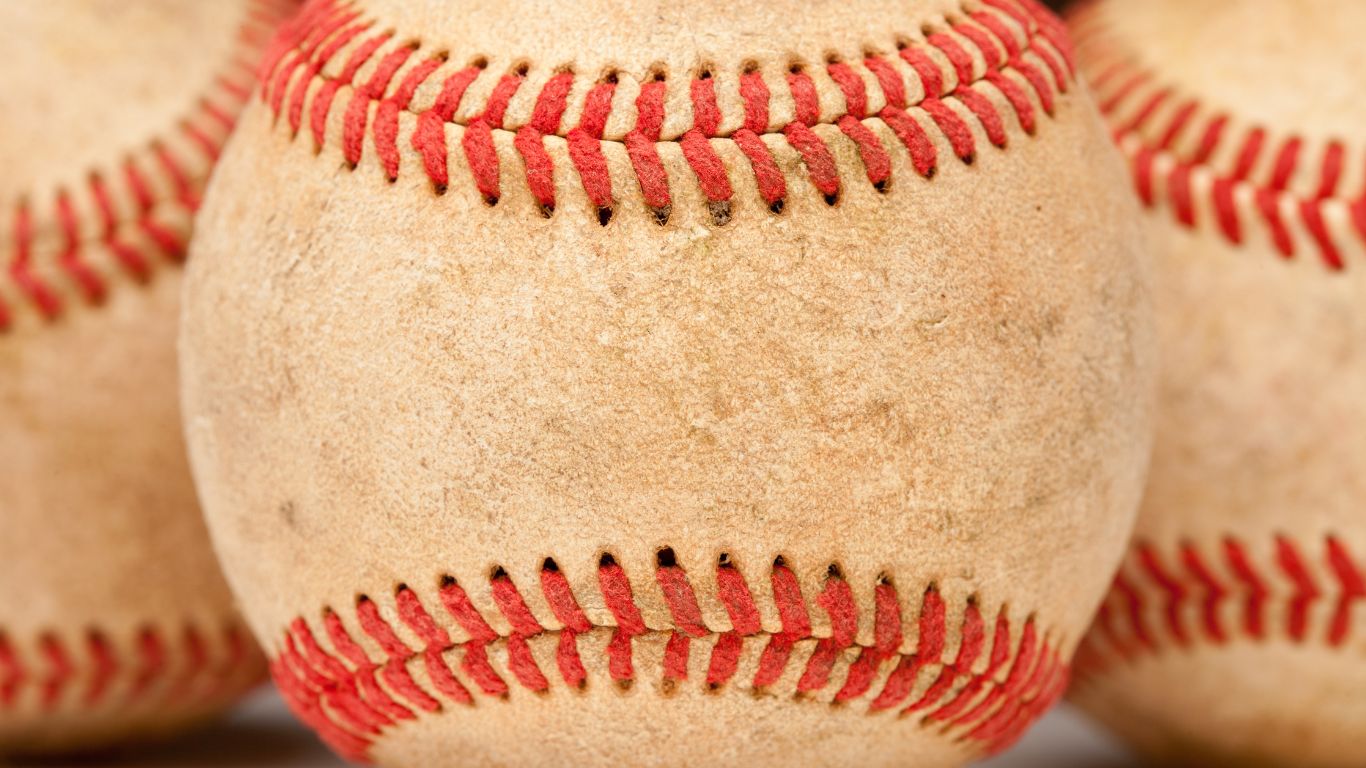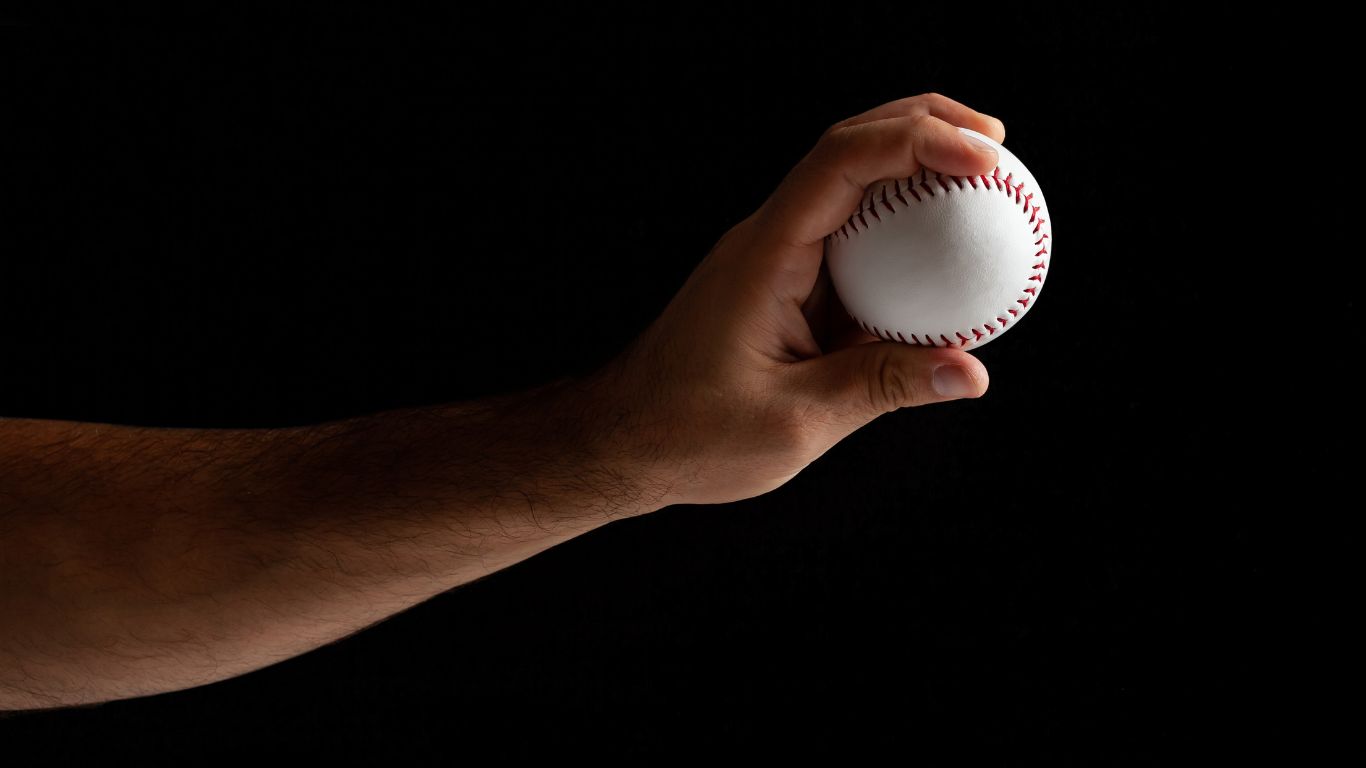When it comes to dominating the mound, understanding the nuances of different fastball grips can make all the difference. In this guide, we’ll explore the key differences between the 4-seam fastball and the 2-seam fastball, providing insights from professional pitchers and tips for when to use each pitch.
Introduction to Fastball Grips
Fastballs are a fundamental part of any pitcher’s arsenal. But not all fastballs are created equal. The 4-seam and 2-seam grips offer distinct advantages and challenges. Knowing how to use them effectively can elevate your game, whether you’re a casual fan, an intermediate player, or a professional coach.
4-Seamer Grip
!4-Seamer Grip (Placeholder for image)
Key Features and Benefits

- Grip: The 4-seam fastball is held across the horseshoe of the baseball’s seams. This Grip maximizes backspin, contributing to its velocity and vertical movement.
- Velocity: Known for its high speed, the 4-seamer is typically thrown at higher velocities compared to other pitches.
- Movement: It tends to have a straighter trajectory with more vertical movement, making it less predictable for batters.
- Control: Offers greater control, allowing pitchers to target specific spots in the strike zone.
- Usage Tips:
- Use it early in the count or ahead to challenge batters with their speed.
- It is ideal for setting up other pitches due to its control.
- Perfect for strikeouts, especially against batters who struggle with high-velocity pitches.
Professional Insights
- “I love starting a hitter off with a 4-seamer. It sets the tone and gives me control of the at-bat.” – [Professional Pitcher A]
- “My 4-seamer is my go-to when I need a strike. I can place it wherever I want in the zone.” – [Professional Pitcher B]
- “Using the 4-seamer to set up the rest of my pitches is key. It’s my foundation on the mound.” – [Professional Pitcher C]
2-Seamer Grip
!2-Seamer Grip (Placeholder for image)
Key Features and Benefits
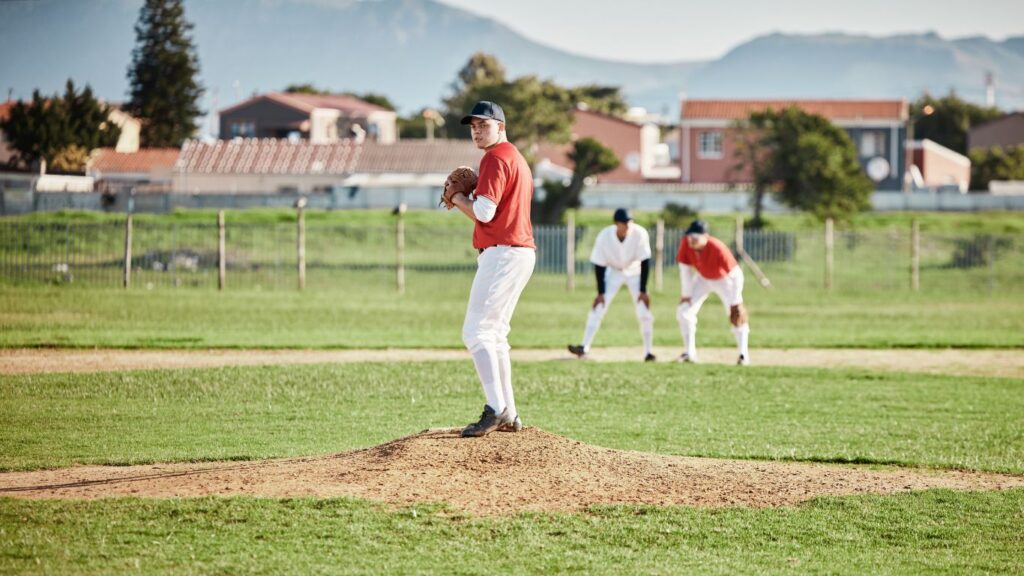
- Grip: The 2-seam fastball is gripped along the seams of the baseball. This Grip influences the ball’s horizontal movement.
- Velocity: Generally slower than the 4-seamer due to its Grip and the spin generated by the pitcher’s hand.
- Movement: Offers more horizontal movement, often breaking towards the pitcher’s arm side, inducing ground balls.
- Control: Requires precision in Grip and release, making it slightly more challenging to control.
- Usage Tips:
- It is effective when behind in the count to induce ground balls.
- Useful for changing the batter’s eye level and timing.
- It’s ideal for pitchers who can control its release for deceptive throws.
Professional Insights
- “When I’m behind in the count, my 2-seamer is my lifeline. It’s all about inducing that ground ball.” – [Professional Pitcher D]
- “The 2-seamer is a game-changer, especially when I need a double play. It’s about timing and control.” – [Professional Pitcher E]
- “Adding the 2-seamer to my arsenal changed everything. It’s deceptive and keeps hitters guessing.” – [Professional Pitcher F]
Movement Differences
- 4-Seamer:
- Vertical Movement
- Straighter Trajectory
- 2-Seamer:
- Horizontal Movement
- More Sideways Break
Pitch Speed Comparison
- 4-Seamer:
- Faster due to the Grip and backspin.
- 2-Seamer:
- It is slightly slower, but the horizontal movement compensates for the reduced velocity.
Pitch Control
- 4-Seamer:
- It is easier to control and target specific spots in the strike zone.
- 2-Seamer:
- It requires more precision in Grip and release but can be very effective when mastered.
FAQs
Q: Which pitchers commonly use the 4-seam fastball?
A: The 4-seam fastball is commonly used by pitchers who rely on speed and control. Many starting pitchers and closers in professional baseball use this pitch to challenge hitters and set up their other pitches.
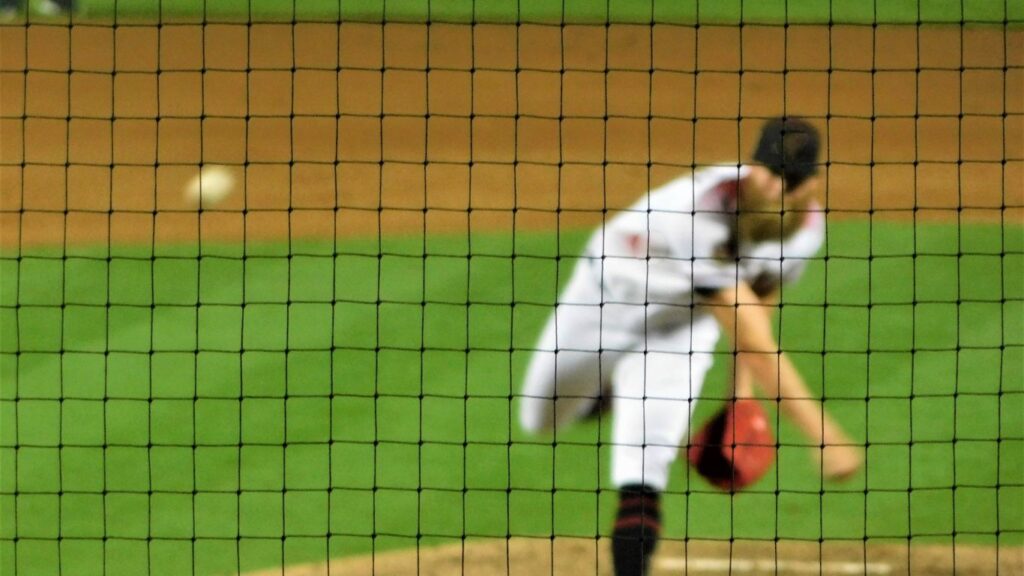
Q: Can I use both the 4-seamer and 2-seamer in the same game?
A: Yes, using both the 4-seam and 2-seam fastballs in the same game can be highly effective. Alternating between the two can keep hitters off balance and make it more difficult for them to predict the pitch.
Q: How can I improve my control with the 2-seamer?
A: Improving control with the 2-seam fastball involves consistently practicing the Grip and release. Focus on maintaining a relaxed grip and perfecting your arm angle and release point to ensure consistent movement.
Q: What situations are ideal for using a 2-seam fastball?
A: The 2-seam fastball is ideal in situations where you need to induce ground balls, such as when there are runners on base, and you need a double play. It’s also effective when trying to disrupt a hitter’s timing.
Q: Is there a significant difference in arm strain between the 4-seam and 2-seam fastballs?
A: Both pitches can be thrown effectively without causing significant arm strain if proper mechanics are used. However, it’s essential to maintain good arm health and practice adequate warming-up and cooling-down routines to prevent injury.
Conclusion
Choosing the right pitch depends on the game situation and your strengths as a pitcher. The 4-seamer is ideal for high-speed, high-accuracy scenarios, while the 2-seamer offers a strategic changeup with its horizontal movement. Mastering both can make you an unpredictable and formidable presence on the mound.
Ready to elevate your pitching game? Start practicing these grips and incorporate them into your arsenal for a diverse and effective pitching strategy.








